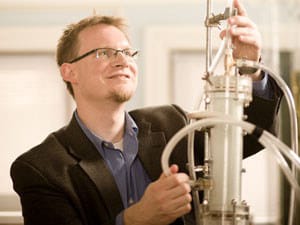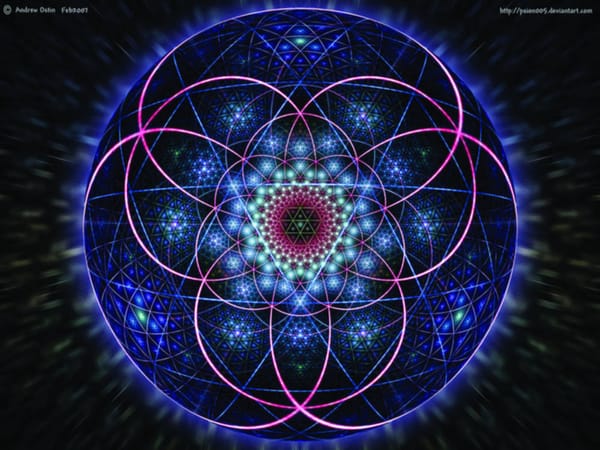Using carbon dioxide to fight global warming
Novel technique uses liquid carbon to create electricity

It was on a cool, clear autumn day in northern Minnesota when two scientists, driving towards a fieldwork station, stopped for gas. It was at this petrol station that Martin Saar and Jimmy Randolph had a flash of inspiration that could one day help in the fight against climate change.
Road journeys in America are notoriously long, allowing many long discussions to be had. On this particular trip, the men had only two things on their mind. Firstly, the work they had been commissioned to do by Minnesota Geological Survey on the potential for storing carbon dioxide in the local area. And secondly, they talked about Jimmy’s current research into geothermal energy.
Geothermal electricity production works on the principle that the Earth has, deep down, vast stores of heat energy locked up. Water can be pumped into fissures in these rocks, where it can heat up. Once back at the surface the water can be used to drive a turbine. Geothermal energy requires no fuel, so it is one of the least carbon-intensive power sources. As global targets for carbon emissions become stricter, geothermal energy is becoming more widespread.
To meet the targets, an alternative to using lower-carbon electricity is to prevent CO2 produced from electrictity generation from entering the atmosphere in the first place. Known as carbon capture and storage, the CO2 is stored underground as a fluid where it cannot act as a greenhouse gas.
The big ‘eureka’ moment came when Martin and Jimmy, from the University of Minnesota, realised these two disparate activities could be combined. Instead of simply storing the liquid carbon dioxide underground, why not use it to extract energy from the earth to create electricity as well?
“It really was a brainwave”, says Martin. Although only half-joking at the time, three years later the pair are well on the way to making the technology a reality, having just published their research in the journal Geophysical Research Letters.
The idea, known as CO2 Plume Geothermal (CPG) involves circulating the fluid CO2 that would normally be stored underground through geothermally heated rocks. CPG has many advantages over its rivals. CO2 is much better at extracting heat from the rocks than water. In addition, the landscapes used for carbon capture are vast. So large, in fact, that if all available sites in the US were used, the entire electrical generating infrastructure could potentially be rendered carbon neutral. The traditional method relies on fracturing the rock to allow the water to flow. This, however, can lead to seismic activity. In Basel, Switzerland, for example, a geothermal project had to be shut down after it caused earthquakes.
Such dramatic incidents never fair favourably with the general public. Although CPG has a greatly reduced seismic risk, it is associated with carbon dioxide – a term that has been vilified in the media for years. “Climate change advocates go on the news and say CO2 is dangerous and it’s bad, and then go on to say ‘oh, by the way, we’re going to inject it under the ground where you live’”, says Dr LaForce, who researches carbon storage at Imperial College London. She has seen numerous CO2 storage projects delayed or killed because of public disapproval. “Unfortunately with this, and with any CO2 storage project, the barriers are not so much technical as they are social.”
As well as lack of public support, carbon capture schemes have come under fire producing CO2 themselves. CPG could change all this. “This approach could make carbon capture economically feasible as the power generated from the geothermal heat at these sites could run all the pumps and other electric systems required”, says Martin. As well as reducing CO2 emission to the atmosphere, it also creates electricity with very low emissions.
As fossil fuel stocks run out, and oil prices rise ever higher, projects like CPG are likely to be come increasingly more attractive, and even indispensable if we are really serious about reducing our impact on the atmosphere. Maybe one day, geothermal energy and carbon capture will make petrol stations, like the one that inspired Martin and Jimmy three years ago, a thing of the past.









